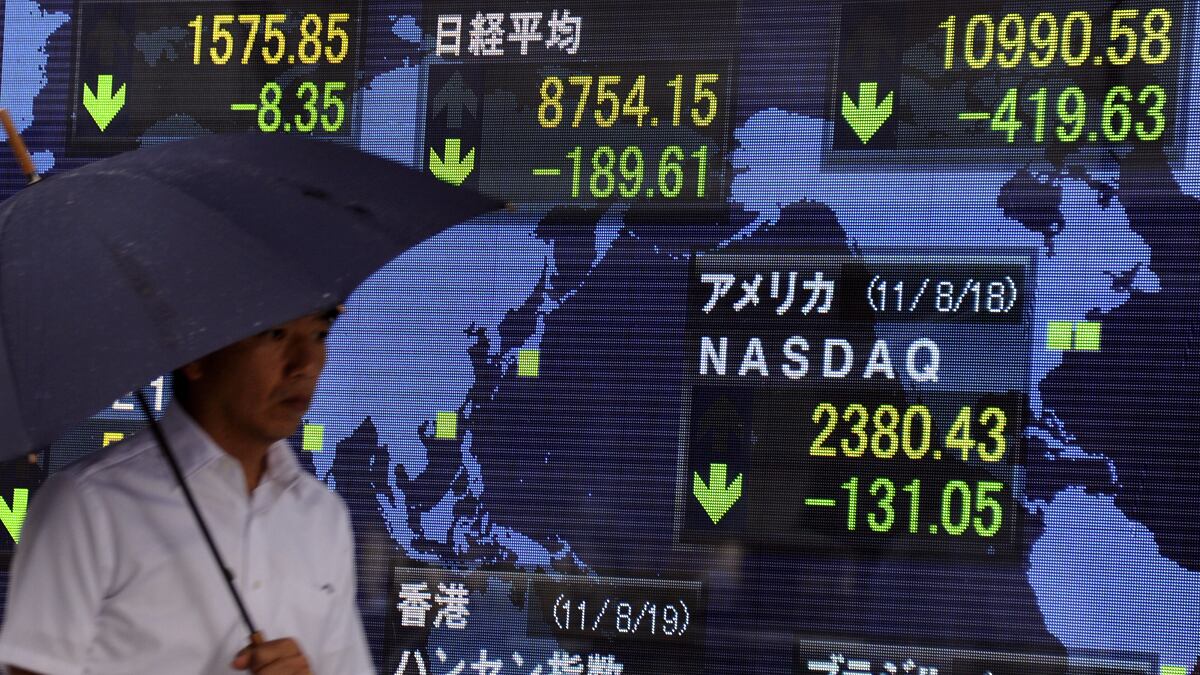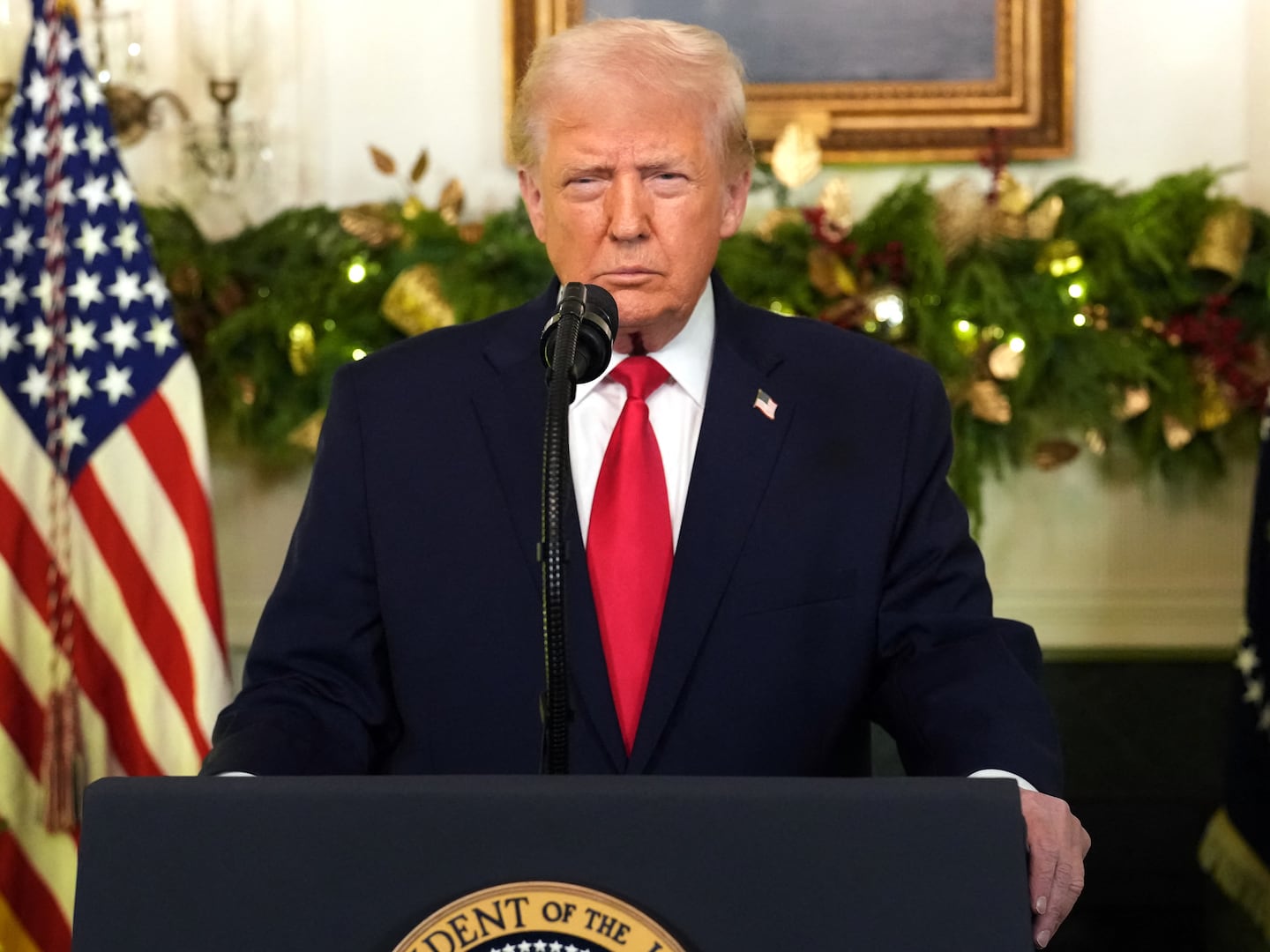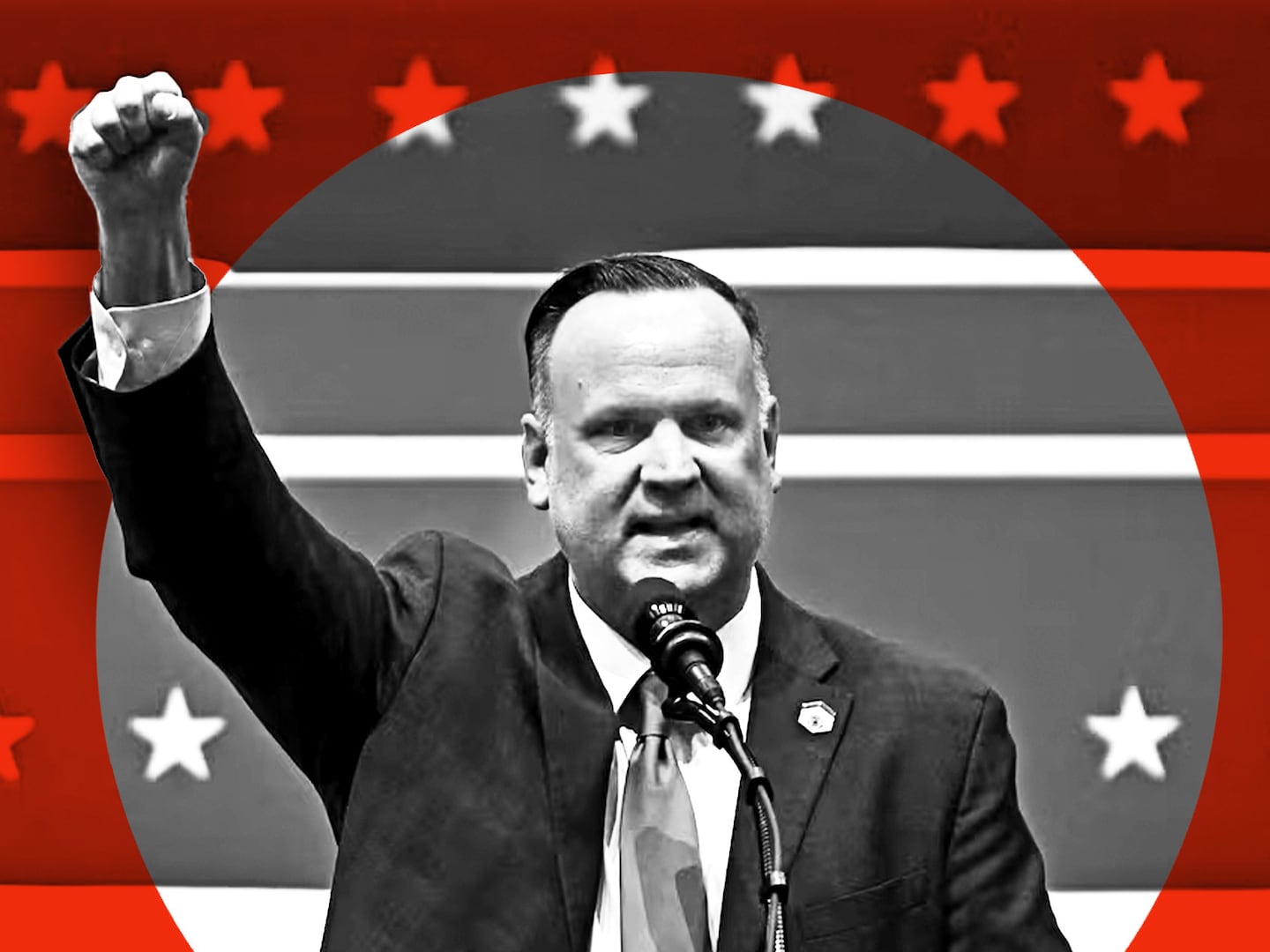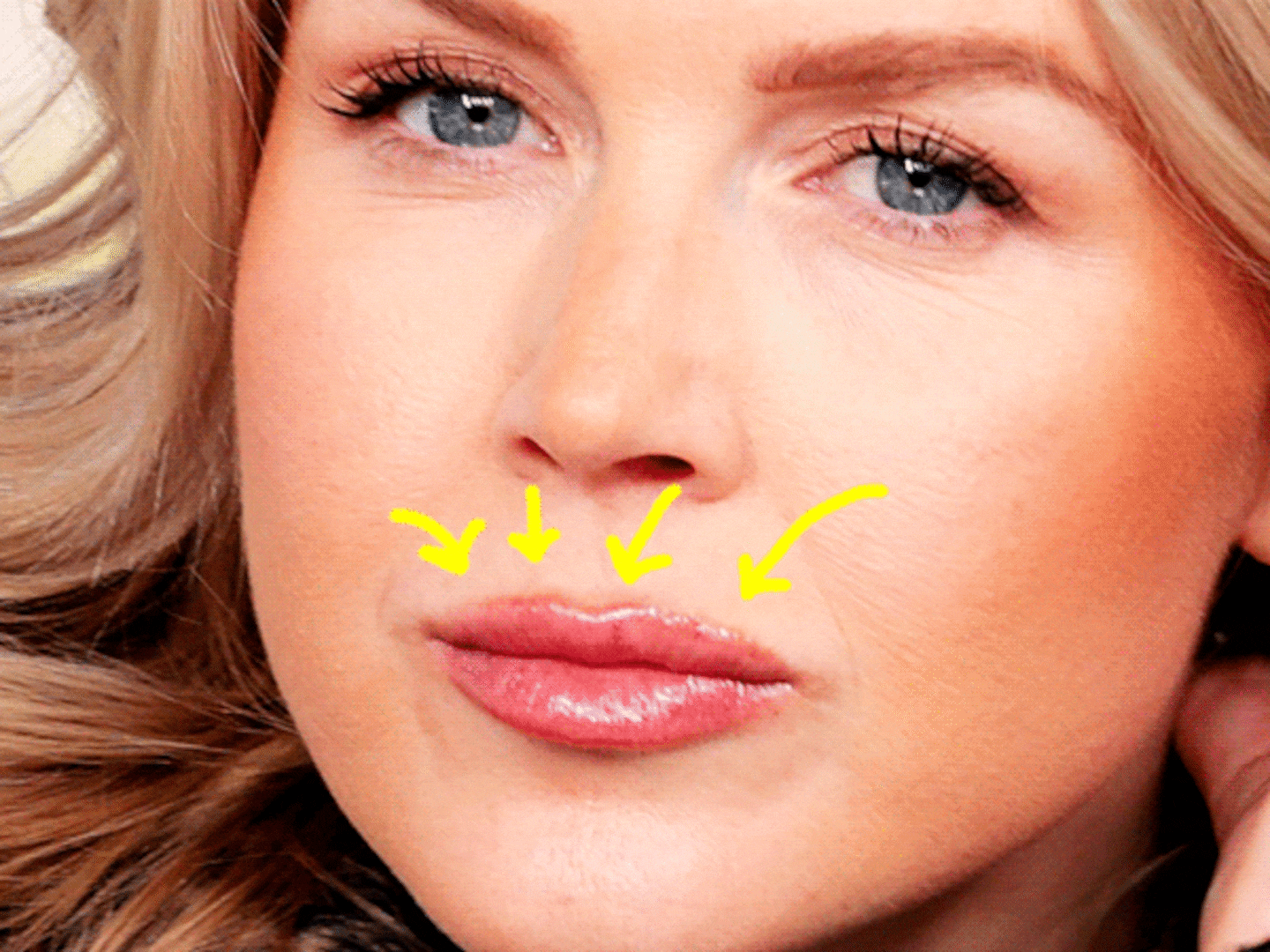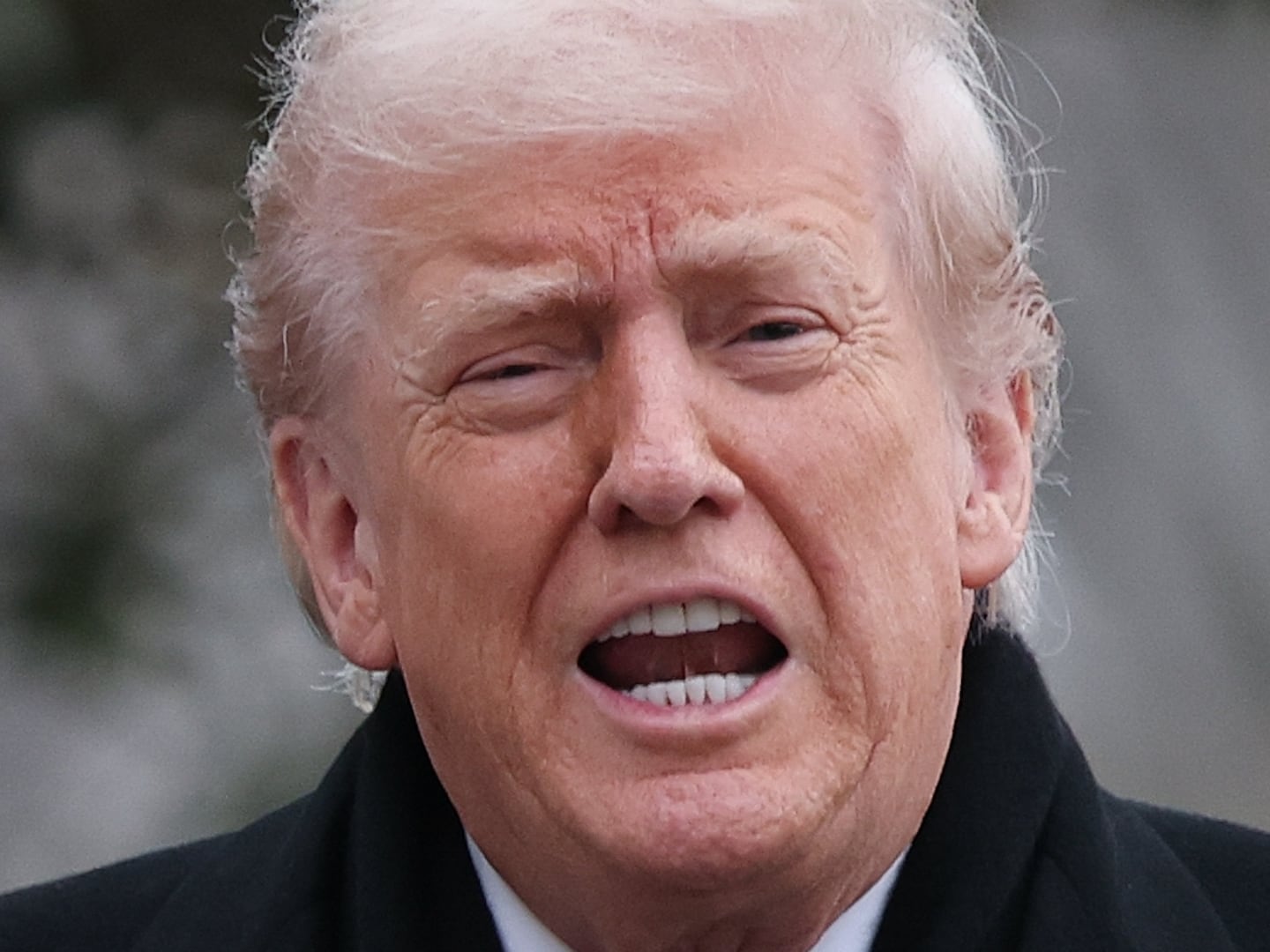Does this sad tale sound familiar?
Fueled by low-interest mortgages, real-estate prices in Japan had risen so high that by the end of the 1980s just the land under the Imperial Palace in Tokyo was nominally worth more than all the real estate in California. Then, in late 1989, the bubble burst and real-estate prices plummeted, leaving Japan’s financial institutions saddled with toxic mortgages and facing bankruptcy.
Despite the common misconception that the Japanese government neglected the crisis, it intervened from the outset. In 1990, the Japanese Central Bank cut interest rates until they reached absolute zero. So money was free for banks to borrow. Nevertheless the Japanese stock market continued its fall, with the Nikkei index going from a high of 40,000 in 1989 to a low of 12,000 in 2001. So did real estate, which lost 80 percent of its value during this period.
The government next tried the classic Keynesian tactics, spending and tax cuts. Between 1991 and 1998, it pumped 100 trillion yen into the economy through public-works programs and, to further stimulate spending, cut taxes by 2 trillion yen. All that these measures succeeded in accomplishing was raising Japan’s public debt to 100 percent of its GDP.
To deal with the ever more ominous threat of bank insolvency, the Japanese government injected public funds directly into Japanese banks, investing first $100 billion in 1996, and then in 1998, under the Obuchi Plan, another $500 billion to pay for bank-loan losses, bank recapitalizations, and depositor protection. The bailout, which amounted to more than 12 percent of GDP, resuscitated the individual banks but not the financial system.
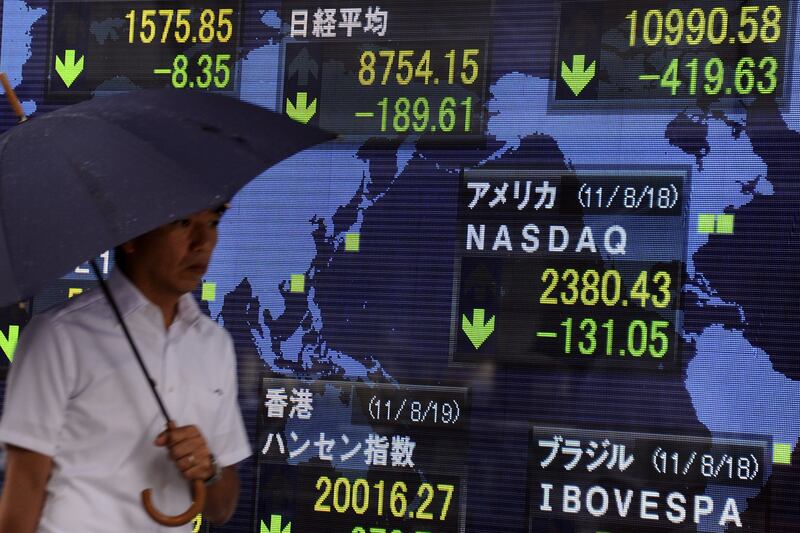
The banks, although on government life support, resisted lending out their capital. Paralyzed by the fear of losing their newfound capital, many such banks became, in Japanese terminology, “zombies,” since they were neither dead nor alive—at least in fulfilling their function of extending credit.
As a result, the money Japan pumped into its banks did not thaw the frozen system. By February 2001, the Bank of Japan had brought interest down to zero. Then, in March 2002, it tried printing money under the now-familiar concept of quantitative easing. It simply used its newly created money to buy up Japanese government bonds. This “Rinban” made sure that interest stayed at zero and the banks were flooded with money.
But the economy continued to sink, no matter how much it created.
Indeed, it was not until 2002 that the Japanese economy, buoyed by the boom in China and its other export markets, showed any growth. The moral of this financial Kabuki play is that government intervention does not always work immediately, or, in this case, for a decade.

